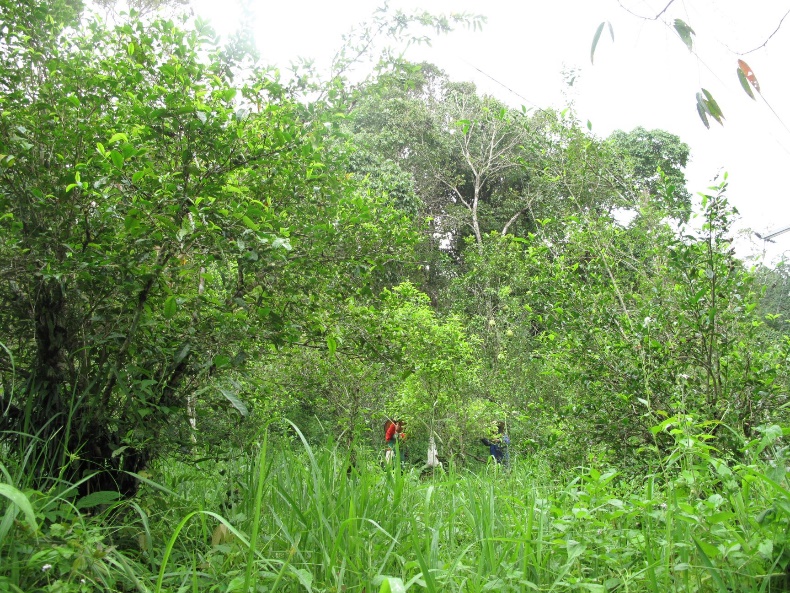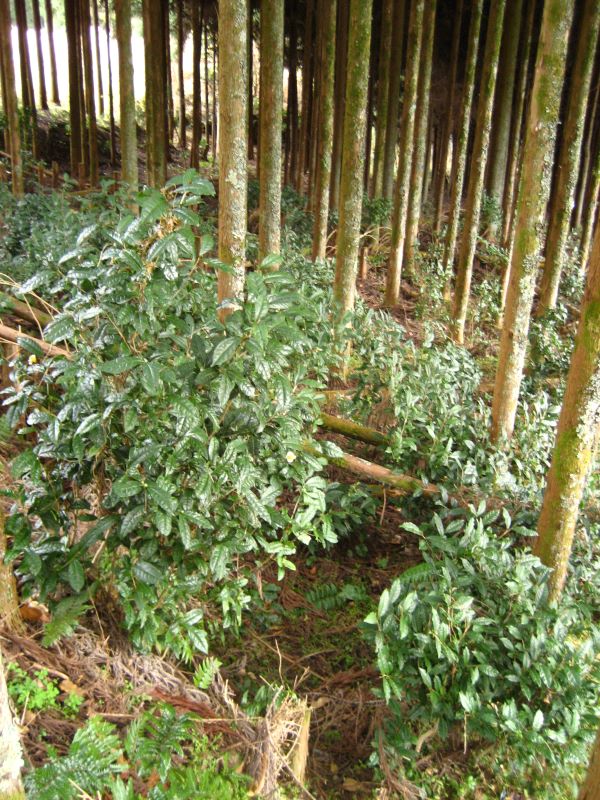Incubation
"Transdisciplinary study on the function of “semi-naturalized tea” in the formation of the cultural and agricultural landscapes in the mountainous areas"
R6-7 1-3 (R6 AY2024)
| Project Leader | Sasaki Ayako (Nihon University, Collee of Bioresource Science) |
| Collaborators | Kataoka Tatsuki (Kyoto University, Graduate School of Asian and African Area Studies) Nakamura Yoichiro (Shizuoka Sangyo University) Yanagisawa Masayuki (Kyoto University, Center for Southeast Asian Studies) |
| Research Project | Transdisciplinary study on the function of “semi-naturalized tea” in the formation of the cultural and agricultural landscapes in the mountainous areas |
| Countries of Study | Japan |
Outline of Research
In the mountainous areas of Southeast Asia, semi-naturalized tea trees (called “yama-cha” in Japanese) have been focused on their significant roles in rural livelihood and regional history.
In Japan, however, the cultural aspects of yama-cha have been emphasized; therefore, the function of yama-cha as an important cash resource in rural areas has been overlooked.
With a perspective for comparison with Southeast Asian studies, this study aims to discuss the function of yama-cha in the livelihoods and in the formation process of the cultural and agricultural landscapes in the rural areas of Japan.
Purpose of Research, Its Significance and Expected Results, etc
Tea trees (Camellia sinensis) originally grow in the forested areas of monsoon Asia. While tea trees are cultivated on plantations as an important cash crop in several Southeast Asian regions, various ethnic groups have utilized semi-naturalized tea trees (called “yama-cha” in Japanese), which are either native or have escaped intensive management, as their cash resources or for self-consumption.
Studies focusing on yama-cha in Southeast Asia have highlighted its ecological, economic, and social functions, indicating that yama-cha has played a significant role in mountainous areas' livelihoods and regional history.
In Japan, however, the cultural aspects of yama-cha have been emphasized; therefore, the function of yama-cha as a resource in rural areas has been overlooked. It is suggested that yama-cha in rural areas of Japan is also integral to their livelihoods and contributes to the formation of the surrounding landscapes.
This study aims to discuss the role of yama-cha as a resource in the livelihoods of mountainous areas of Japan and elucidate the formation process of cultural and agricultural landscapes where yama-cha trees are intentionally preserved. We also aim to develop our findings to facilitate future comparisons with studies on the regional history of Southeast Asia.
Through our interdisciplinary approach, we aim to position yama-cha as a significant factor in the livelihoods and landscapes of mountainous areas. This research also strives to establish a new framework for yama-cha studies, integrating landscape theory with perspectives from landscape studies, economics, ethnobotany, tea culture studies, and area studies.
In the first year of our project, we have a comprehensive research plan. We will initiate discussions to share previous studies on yama-cha, aiming to understand the unique characteristics of yama-cha utilization and the cultural, social, and ecological aspects of production areas. We will also evaluate how yama-cha has been involved in livelihoods and history, considering it as a potential resource in those areas. Additionally, we plan to conduct a field survey of land use, resource utilization, and landscapes in Ehime prefecture, with a specific focus on yama-cha trees.



